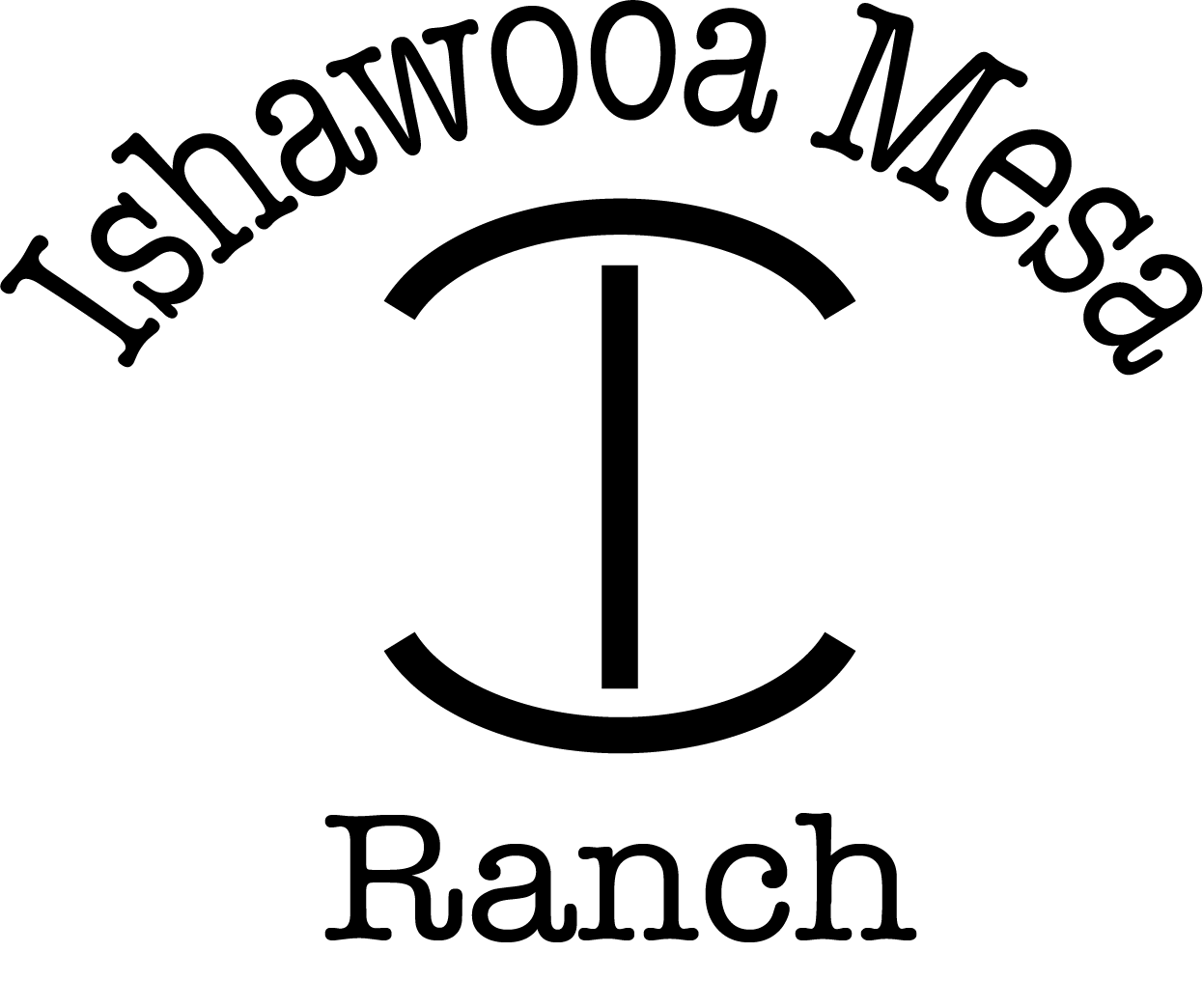Grass Fed, Grass Finished Beef
“Good things come to those who wait.”
What is “finishing”?
To us— it’s getting the cattle to the level of fatness that makes them delicious. Several factors play into the flavor of beef; breed of cattle, what they eat, and how much fat has been deposited in the muscle and outside of the muscle. The inter-muscular fat also plays into tenderness. Fat deposited in the muscle helps keep the meat moist when cooked and is where the “flavors” are stored.
The whole process starts before the calf is born. If the mother cow is in good body condition, the growing calf is getting enough extra energy to produce fat cells within the muscles. Studies have shown that calves of mothers in poor body condition will not have these fat cells within the muscle and will never have inter-muscular fat.
Keeping the whole herd in good condition with growing grass, dormant grass, and grass hay requires good quality resources of each feed. Calves must be gaining weight consistently through the two years it takes for them to reach their finishing weight and condition. Sometimes the cattle can be finished in the spring off of the high quality grass-hay they are eating throughout the winter and into early spring, however, not all hay is created equal. The quality of hay varies almost every year as it is dependent on when it is cut, how long it takes to dry, the moisture content when it’s baled, and how it’s stored. This is all dependent on the weather, which, of course, is not dependable!!
We have found that the best grass finished beef needs 3-4 weeks on a variety of early summer grass. It needs to have reached a point where it’s very digestible and high in sugar content. The sugars are converted to the inter-muscular fat. The variety gives beef its flavor, and that can be unique to the pastures they feed on. .
Every year, the grass reaches this point at a little different time. We like our mix of grasses to be at least six inches high before the finishing cattle are moved into the pastures. We move them to a new pasture when the grass has been grazed down to 2-3 inches. This leaves enough surface area for the grass to photosynthesize and grow more quickly.
We don’t take cattle to the butcher until they have been on green growing grass for three weeks, at least. It’s a slow process, but it’s well worth the wait.

